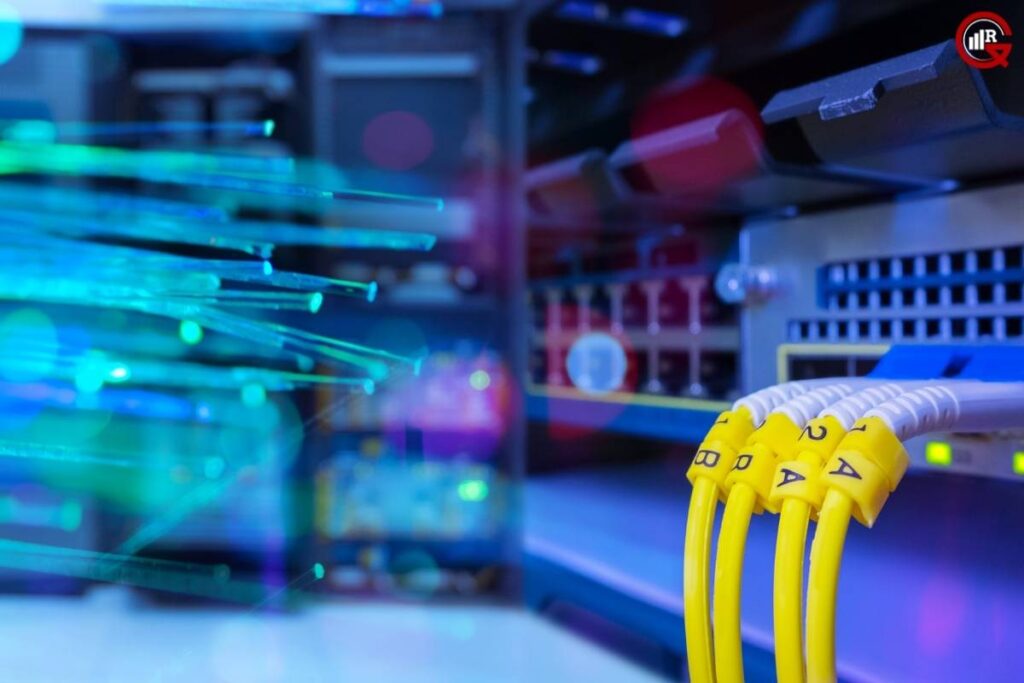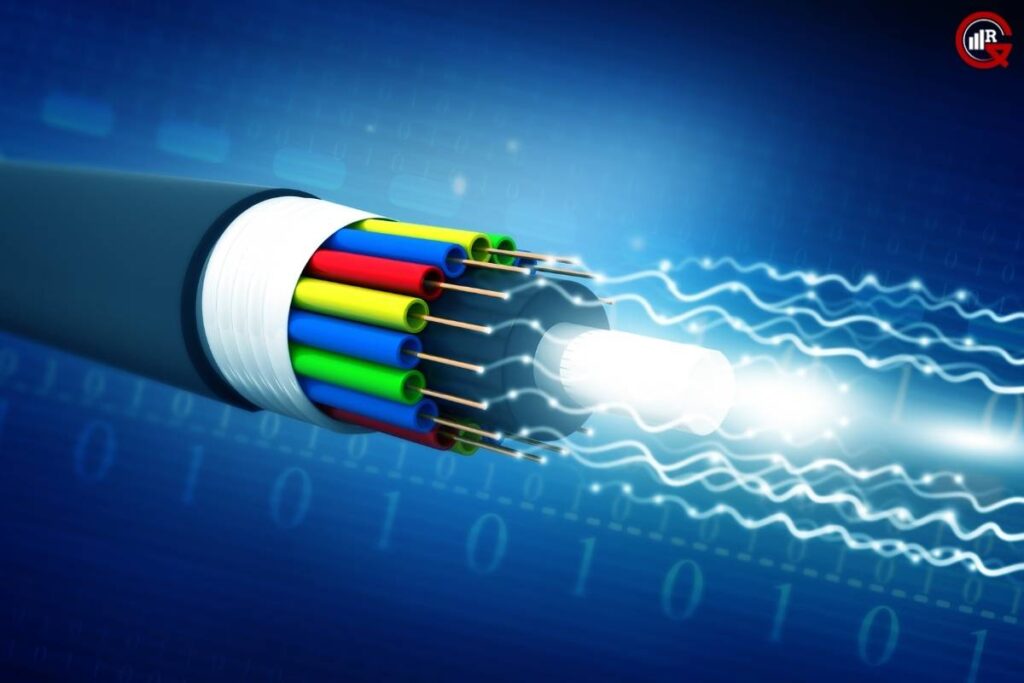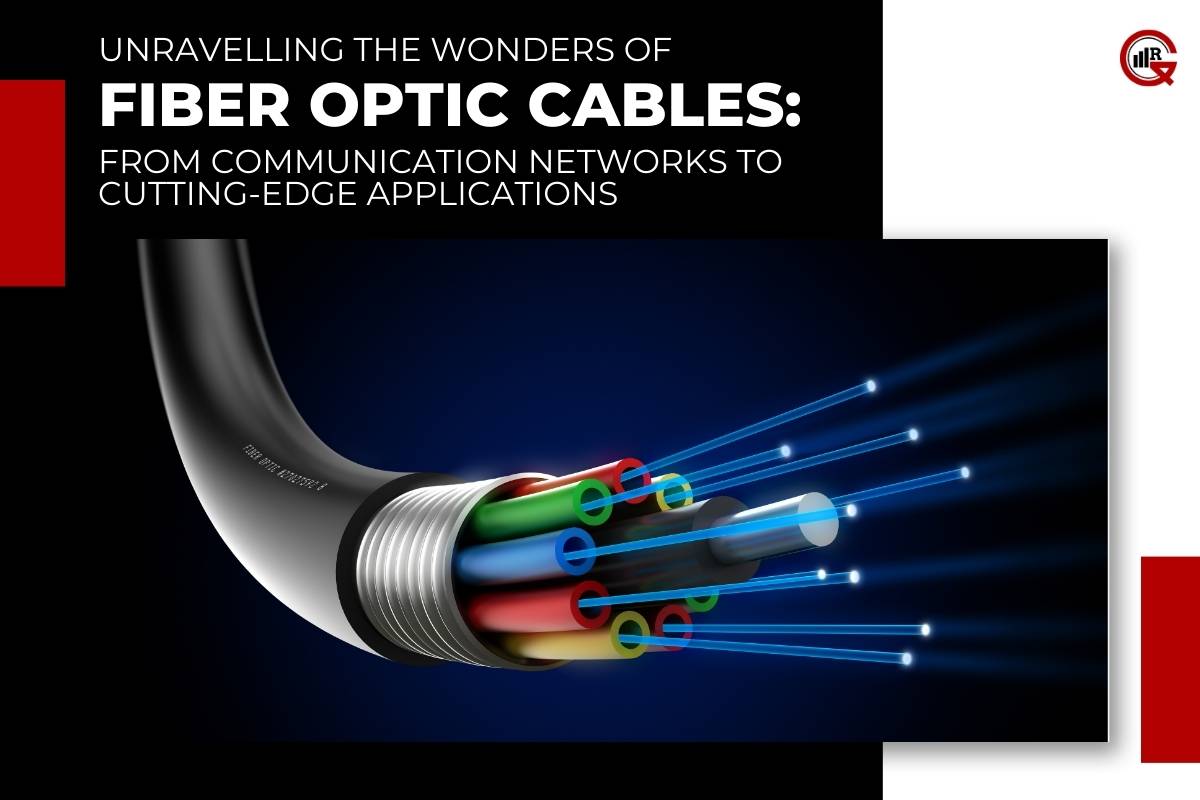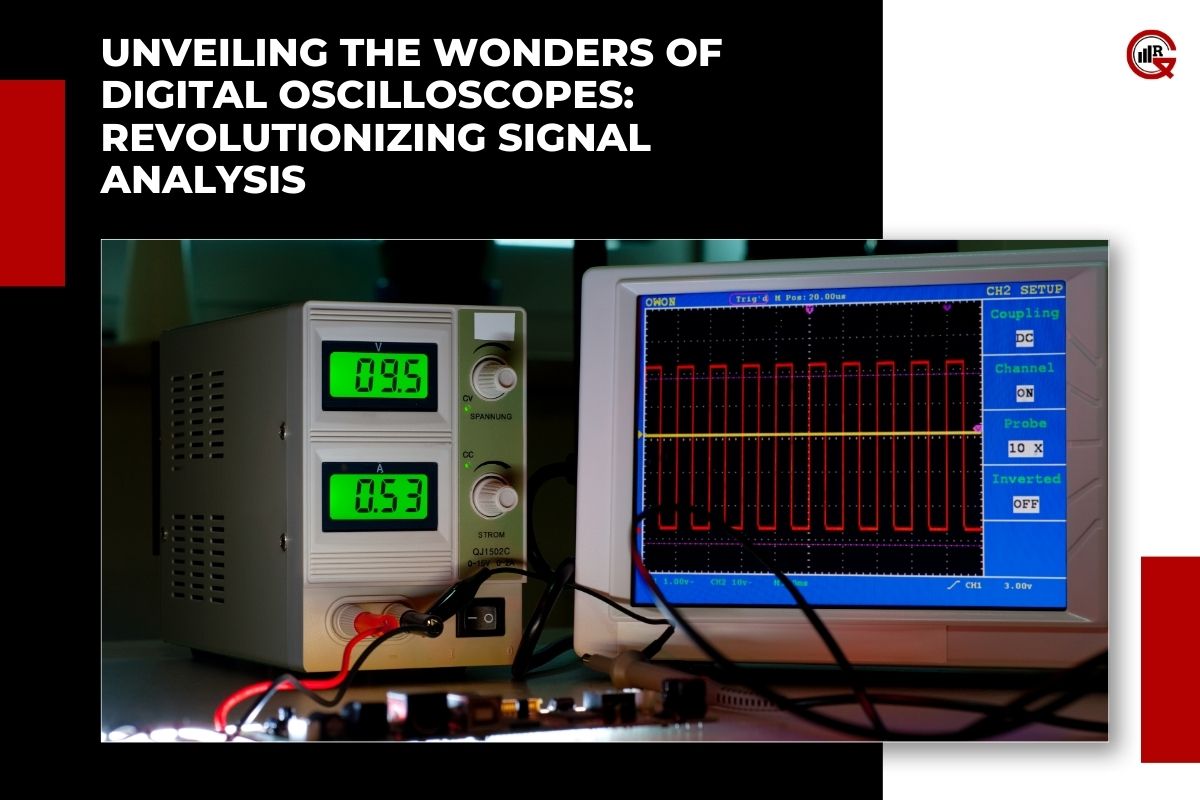Fiber optic cables (FOC)are the unsung heroes of modern communication networks, quietly powering our interconnected world with high-speed data transmission and reliable connectivity. In this comprehensive guide, we’ll delve into the fascinating world of FOC, exploring their structure, functionality, applications, and the revolutionary impact they’ve had on telecommunications, internet connectivity, and beyond.
Understanding Fiber Optic Cables:
Fiber optic cables are thin, flexible strands of glass or plastic that transmit data signals using light pulses. They consist of a core, which carries the light signals, surrounded by a cladding layer that reflects the light into the core, ensuring efficient transmission. Unlike traditional copper cables, which transmit data using electrical signals, FOC offers significantly higher bandwidth and faster data transmission speeds, making them ideal for long-distance communication and high-capacity networks.
Structural Components:

Core: The core of a fiber optic cable is the central part through which light signals travel. It is typically made of pure silica glass, although other materials such as plastic may also be used.
Cladding: Surrounding the core is the cladding layer, which has a lower refractive index than the core. This property causes light signals to be internally reflected within the core, preventing signal loss and ensuring efficient transmission.
Buffer Coating: To protect the delicate core and cladding, FOC is often coated with a thin layer of protective material known as buffer coating. This coating provides insulation and mechanical strength, safeguarding the cable against environmental factors and physical damage.
Functionality and Applications:
Principle of Light Propagation:
- FOC operates on the principle of total internal reflection, where light signals are bounced back and forth within the core of the cable, effectively transmitting data over long distances with minimal signal loss.
- Light signals are generated by a laser or light-emitting diode (LED) at one end of the cable and detected by a photosensitive receiver at the other end, allowing for bidirectional communication.
Telecommunications and Networking:
- Fiber optic cables form the backbone of modern telecommunications networks, enabling the transmission of voice, data, and video signals over vast distances.
- They are widely used in telecommunications infrastructure, including long-distance trunk lines, metropolitan area networks (MANs), and local area networks (LANs), providing high-speed connectivity for businesses, governments, and residential users.
Internet Connectivity:
- Fiber optic cables play a crucial role in delivering high-speed internet access to homes, businesses, and institutions around the world.
- Fiber-to-the-home (FTTH) and fiber-to-the-premises (FTTP) deployments use fiber optic cables to connect individual residences and buildings directly to the internet backbone, offering unparalleled bandwidth and reliability.
Data Centers and Cloud Computing:
- In data center environments, fiber optic cables are used to interconnect servers, storage systems, and networking equipment, facilitating the rapid transfer of data between devices.
- Cloud computing providers rely on fiber optic infrastructure to deliver scalable and resilient services to millions of users, supporting applications ranging from streaming media to enterprise software.
Advantages and Future Trends:

Advantages of Fiber Optic Cables:
High Bandwidth: FOC offers vastly higher bandwidth compared to copper cables, allowing for faster data transmission and greater network capacity.
Low Latency: Light signals travel at nearly the speed of light through FOC, resulting in minimal latency and improved responsiveness in networked applications.
Immunity to Electromagnetic Interference: Unlike copper cables, FOC is not susceptible to electromagnetic interference, making them ideal for use in electrically noisy environments.
Emerging Technologies and Innovations:
- Advancements in fiber optic technology continue to push the boundaries of speed, capacity, and reliability. Researchers are exploring new materials, manufacturing techniques, and signal-processing algorithms to further enhance the performance of FOC.
- One promising area of research is the development of hollow-core FOC, which uses air or a vacuum instead of glass or plastic as the core material. These cables have the potential to achieve even higher data transmission speeds and lower latency, opening up new possibilities for ultra-fast communication networks.
Applications in Healthcare and Medical Imaging:
- Fiber optic cables are widely used in medical imaging devices such as endoscopes and fiber optic probes, allowing for minimally invasive procedures and precise visualization of internal organs.
- They enable the transmission of high-resolution images and real-time video feeds from medical instruments to external monitors, aiding in diagnosis and surgical procedures.
Industrial and Manufacturing Applications:
- FOC finds applications in industrial automation and manufacturing processes, where they are used for monitoring and control systems, data acquisition, and remote sensing.
- In harsh industrial environments, FOC offers resistance to electromagnetic interference, chemical corrosion, and temperature extremes, ensuring reliable operation in demanding conditions.
Security and Surveillance Systems:
- Fiber optic cables are integral to the deployment of security and surveillance systems, providing high-speed data transmission for CCTV cameras, access control systems, and perimeter monitoring.
- Their immunity to electromagnetic interference and tamper resistance make FOC ideal for use in sensitive security applications, protecting critical infrastructure and assets.
Environmental Sensing and Monitoring:
- Fiber optic sensing technology enables the monitoring of environmental parameters such as temperature, pressure, and strain over large distances and in remote locations.
- Distributed fiber optic sensors can be embedded in structures such as bridges, pipelines, and dams to detect structural changes and potential hazards, enhancing safety and reliability.
Space Exploration and Aerospace Applications:
- FOC plays a crucial role in space exploration missions and aerospace applications, where lightweight, durable, and high-performance communication systems are essential.
- They are used in satellite communications, spacecraft instrumentation, and interplanetary probes, enabling data transmission between spacecraft, ground stations, and mission control centers.
Challenges and Future Directions:

Deployment Costs and Infrastructure Challenges:
While fiber optic technology offers numerous advantages, the upfront costs of deploying fiber optic infrastructure can be significant, particularly in rural and underserved areas. Overcoming regulatory barriers, securing right-of-way permissions, and coordinating with local authorities are key challenges in expanding fiber optic networks to reach more communities.
Continued Innovation and Research:
The future of fiber optic technology lies in continued innovation and research efforts aimed at enhancing performance, reducing costs, and addressing emerging applications.
Researchers are exploring new materials, such as photonic crystals and metamaterials, as well as novel fabrication techniques to develop next-generation FOC with unprecedented capabilities.
Conclusion:
Fiber optic cables have revolutionized the way we communicate, connect, and collaborate in the digital age. From powering high-speed internet access to enabling real-time video conferencing and cloud computing, fiber optics have become indispensable in modern society. As technology continues to evolve and demand for bandwidth grows, fiber optic cables will play an increasingly vital role in shaping the future of communication and connectivity.






